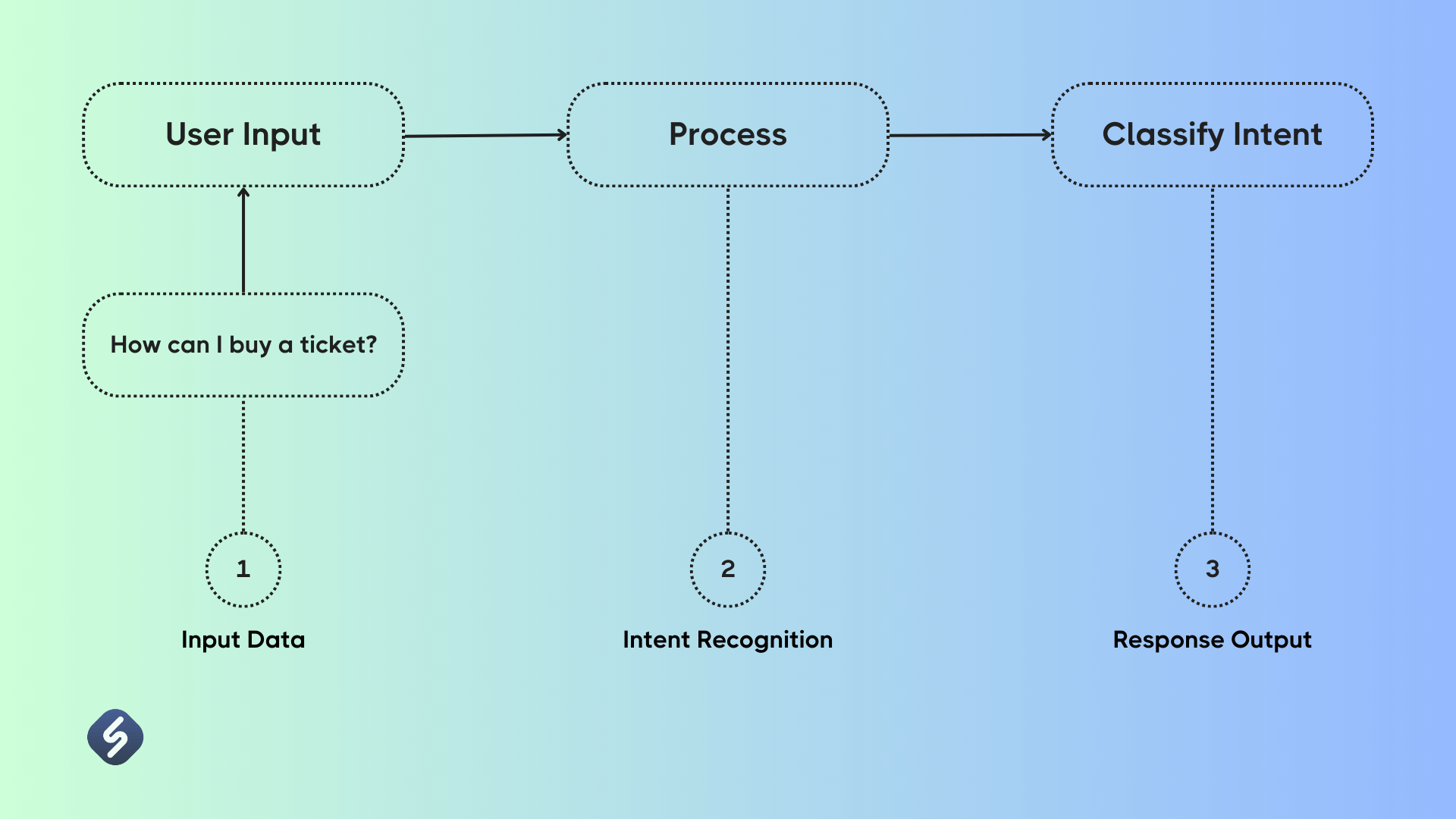
Are you looking to enhance your applications with **AI intent recognition**? This technology allows machines to understand user intentions through natural language processing (NLP). With rapid advancements in AI, it has become essential for developers and marketers to grasp the intricacies of intent recognition to improve user engagement and satisfaction.
Understanding AI Intent Recognition
AI intent recognition is a key feature in various applications, particularly in chatbots and virtual assistants. It involves analyzing user input to determine what action or information the user seeks. Here are some crucial aspects:
- Employs NLP techniques to decode user intents.
- Facilitates seamless interaction between users and AI systems.
- Involves a variety of algorithms for audience analysis.
Best Practices for Implementing AI Chatbot Intent
To optimize **AI chatbot intent** recognition, it’s important to follow established best practices:
- Define clear and distinct user intents.
- Utilize diverse training data; it can increase efficiency dramatically.
- Incorporate contextual understanding to improve response accuracy.
- Regularly update models to keep pace with changing user behavior.
The Role of Natural Language Understanding
Natural Language Understanding (NLU) plays a significant role in the effectiveness of **AI intent recognition**. It enables the system to grasp nuances in language, including:
- Sentiment analysis to gauge user feelings.
- Entity recognition to pinpoint essential data within conversations.
- Context management to maintain conversation flow over multiple interactions.
Emerging Trends in AI User Behavior Analytics
Understanding **AI user behavior** is crucial for tailoring user experiences. Trends include:
- Increased use of machine learning for enhanced accuracy.
- Focus on personalized user interactions based on historical data.
- Utilization of unsupervised learning techniques for model improvement.
Common Pitfalls to Avoid in Intent Recognition
When developing AI systems, be aware of these common pitfalls:
- Using insufficient training data, which can lead to inaccurate predictions.
- Lack of contextual awareness, disrupting user interactions.
- Not updating models regularly, making them outdated.

Conclusion
To recap, understanding **AI intent recognition** is vital for improving user interactions in many applications, especially chatbots. By implementing best practices, leveraging natural language understanding, and avoiding common pitfalls, you can significantly enhance your systems’ performance and user satisfaction.
Call to Action
Try integrating AI intent recognition into your projects today! Engage with us in the comments to share your experiences or ask any questions.
FAQ Section
What is AI intent recognition?
AI intent recognition refers to the process where AI systems interpret user intentions based on their inputs, often using natural language processing techniques.
How do AI chatbots use intent recognition?
AI chatbots utilize intent recognition to understand and respond appropriately to user queries, enhancing engagement and satisfaction.
What are the benefits of using AI intent recognition?
Its benefits include improved customer interaction, efficient query handling, and enhanced user satisfaction, making technology indispensable in modern applications.
Can you explain the role of natural language understanding in intent recognition?
Natural language understanding helps systems interpret the nuances and meanings behind user input, facilitating more accurate intent detection.
What common mistakes should I avoid in implementing AI intent recognition?
Avoid using limited training data, ignoring context, and failing to update models regularly to keep your AI systems efficient.
For more AI tools, click here.
Free AI Tools


